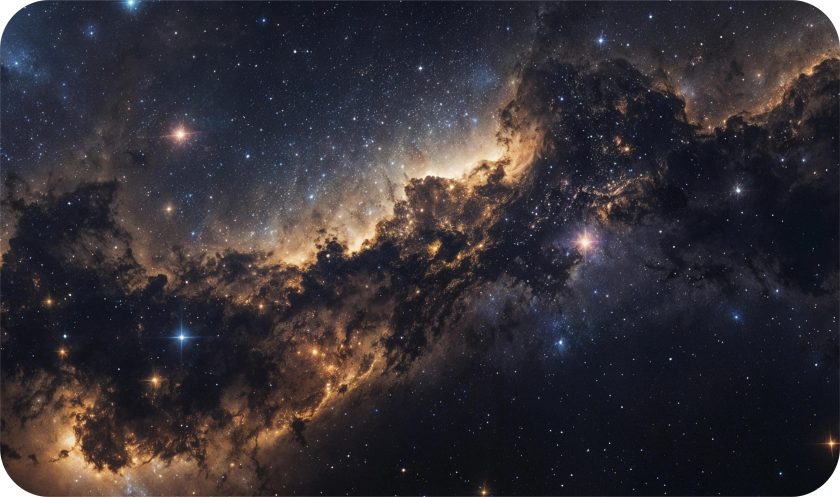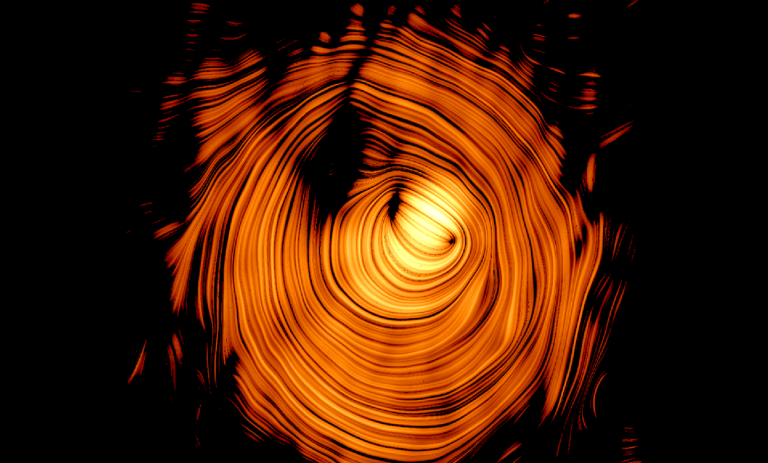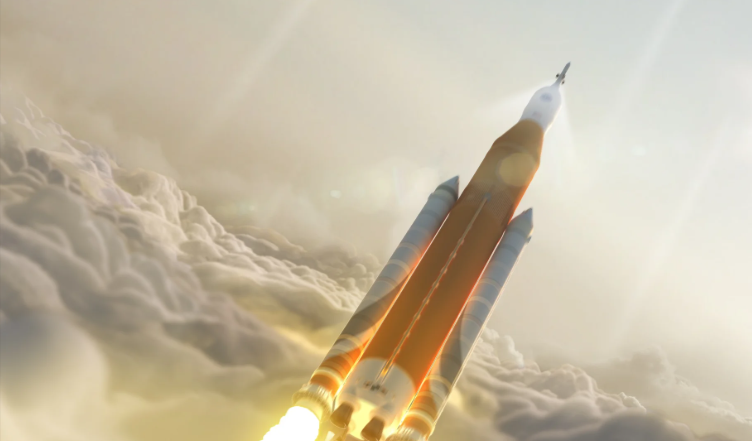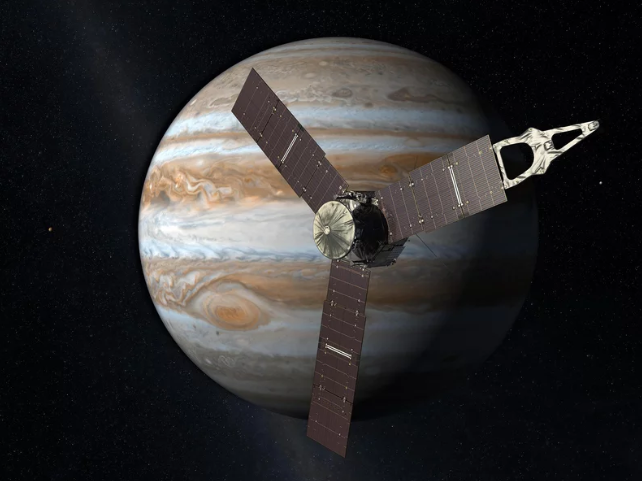
I was looking for some interesting space missions but outside the usual Apollo and Hubble highlights. And then I came across this Reddit thread – interesting space missions – it pulls together a long list of probes that are genuinely fascinating but rarely talked about. The entire post has its roots in this thread.
Reddit, indeed, is a gold mine to get stories and facts that usually slip through the cracks. Most people know about Apollo 11 or Voyager. But there are dozens of other space missions that are just as interesting, if not more. Here’s a breakdown of the lesser-known but fascinating missions, some are weird, some were way ahead of their time, and some just flew under the radar.
Space Missions Built Around Pure Science & Engineering Puzzles
Space probes are motivated by curiosity and the desire to understand how things work. They have helped us do important things, like check Einstein’s ideas about gravity or create detailed maps of the universe. Following are some of the examples, these efforts answer big questions about space using small, advanced tools.
- Gravity Probe B was a space experiment designed to check if Einstein’s ideas about gravity are correct. To do this, they made very perfectly round and smooth balls. Imagine if one of these tiny balls was scaled up to Earth’s size, it would only have a small bump about 8 feet high everywhere on its surface. The timing to launch this experiment was extremely precise, allowing only a one-second window. It also used helium gas that slowly boils off as part of its system to control and move the spacecraft. The mission’s name and artwork inspired the band called Mad at Gravity.
- COBE and Planck mapped the cosmic microwave background, giving us detailed snapshots of the early universe. COBE’s data was so important that people rank it up there with the Moon landings.
- LISA Pathfinder was a testbed for detecting gravitational waves in space.
- Gaia is mapping over a billion stars in 3D and quietly rewriting what we know about the Milky Way.
- LAGEOS-1, a passive satellite launched in the 70s, is just a metal ball covered in reflectors. We still use it to measure shifts in Earth’s mass distribution. It literally looks like a disco ball in orbit.
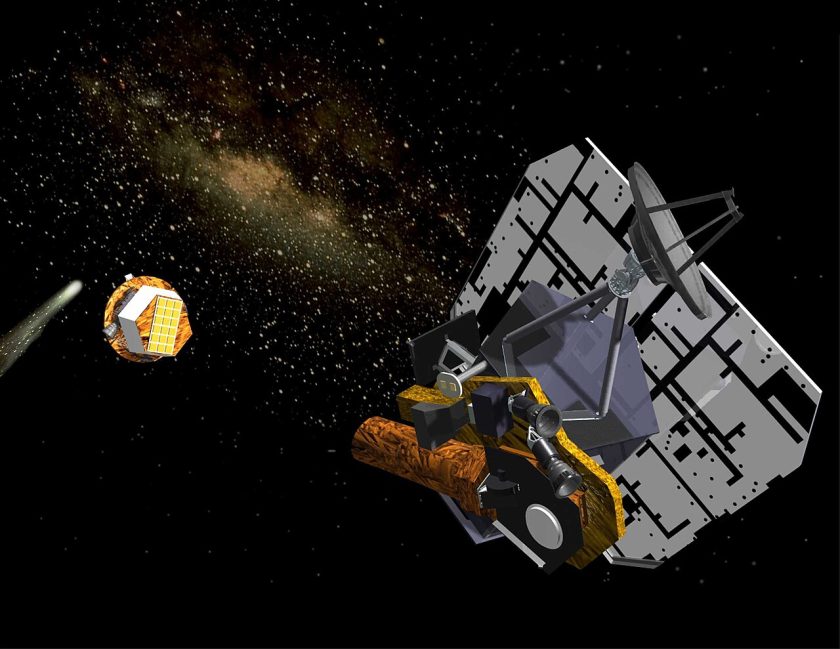
Missions to Planets and Small Bodies
From spinning the wrong way on Titan to smashing into comets on purpose, some probes have done unusual & exciting things. Here’s a whirlwind tour of the most surprising, and sometimes overlooked, missions:
- The Huygens lander was a small robot sent to explore Titan, one of Saturn’s moons, as part of the larger Cassini mission. Titan has lakes and rivers, but instead of water, these lakes hold methane and ethane, which are gases that can flow like liquids. When Huygens was dropping down to land, it took pictures with a tiny camera. It only worked for a few hours after touching the surface.
There was a small problem with how it was designed – it spun in the wrong direction. And interestingly, the team didn’t realize this mistake for about ten years.
Meanwhile, the Cassini spacecraft flew through the icy smoke (called plumes) erupting from Enceladus, another moon nearby. Cassini had a special tool to detect dust particles, but it was not made to fly through thick plumes. Some of the data from crossing these plumes might be the first evidence we have found that suggests there could be life or the building blocks of life somewhere outside Earth.
- The Soviet Venera and Vega missions to Venus were brutal. They managed to land in conditions that melt lead and got photos, audio, and even a few seconds of video from the surface. Not a lot of people in the West talk about those. One of the Vega missions even floated a balloon in the Venusian atmosphere.
- Viking 1 and 2 were the first landers on Mars. Their experiments had weird results that still get re-examined today. Later, Mars Pathfinder landed a shoebox-sized rover using airbags, all on a tight budget.
- India’s Mars Orbiter was the only one to succeed on its first attempt.
- Then there’s Deep Impact, which literally smashed into a comet, and Dawn, which orbited both asteroids Vesta & Ceres, using ion engines.
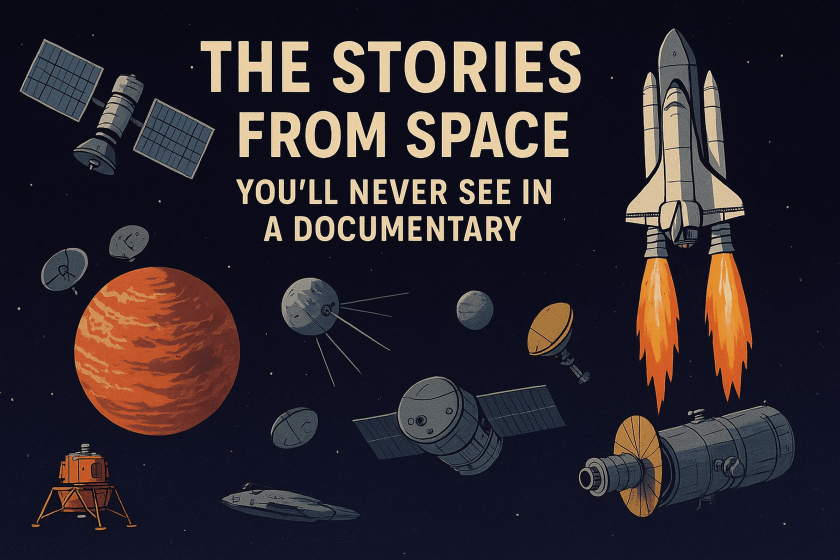
Vesta is the brightest asteroid in our solar system and only one visible to the naked eye & it has an iron core like that of earth. While Ceres represents a transition from the rocky terrestrial planets of the inner solar system to the of the gaseous and icy worlds of the outer solar system. It has a rocky core. Because it is surrounded with an icy surface there are high chances of having water underneath.
- Rosetta orbited a comet for two years and landed the Philae probe. The landing was rough, but they still got the science done.
- Hayabusa 2 returned asteroid samples to Earth. That was a big engineering win.
- The ICE mission was originally supposed to study Earth’s magnetic field but ended up flying past a comet after some wild trajectory changes.
- In 1986, five different probes visited Halley’s Comet, with Giotto getting within 600 km of the nucleus.
- Then we’ve got Pioneer 10 and 11, Voyager 1 and 2, Galileo, and Juno. Everyone knows the Voyagers, but what gets lost is just how well their flybys went. Voyager 2 visited four planets and over 20 moons, including flying just 4,000 km past Neptune. That’s insane precision.
- MESSENGER orbited Mercury. The only one to do that.
- Europa Clipper and Dragonfly are two new space missions being planned. Europa Clipper is a spacecraft that will explore a moon called Europa, which orbits Jupiter. While Dragonfly is a drone spacecraft that will fly around a moon called Titan, which orbits Saturn. Both missions are exciting and expected to be interesting.
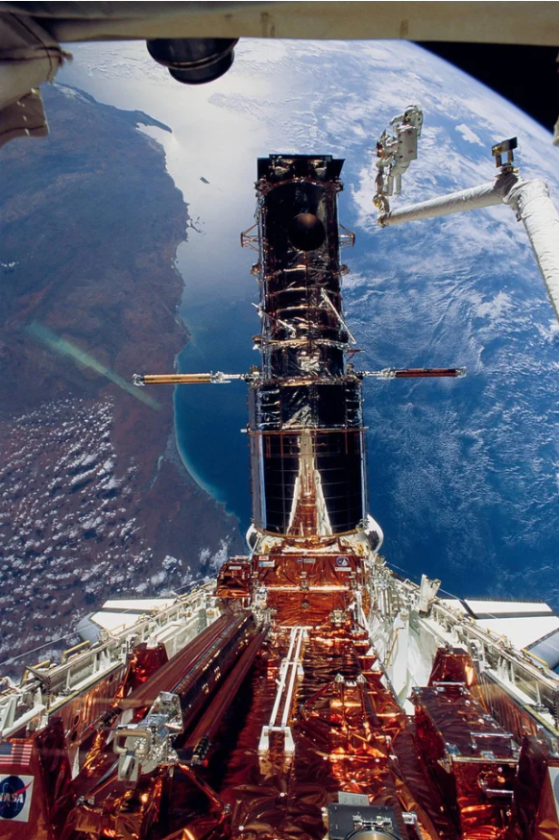
Human Missions and Weird Shuttle Stories
During the mission called STS-61, technicians tried to fix the Hubble, but the tools they used were very weak, like a ratchet strap, and many screws on the telescope’s access panel broke off. The ground team had to quickly come up with new plans to fix the problem. Because of how the Shuttle worked in these missions, it was called the “space pickup truck”, meaning it was used a lot like a truck to carry and repair things in space.
The Shuttle had some dangerous situations. In the STS-41-B mission, astronauts did the first spacewalk where they floated free outside the shuttle without being tied down. After a tragic accident with the Challenger shuttle, NASA stopped doing that kind of untethered spacewalk for safety reasons.
NASA used to allow astronauts to go outside their spacecraft without being connected by a safety tether during spacewalks. After the Challenger space shuttle disaster, which was caused by a rocket booster failure and not related to spacewalks, NASA reviewed all safety rules. As a result, they stopped allowing astronauts to do untethered spacewalks to prevent accidents and keep astronauts safer.
In missions STS-41-C and 51-A, astronauts had to physically handle satellites by hand, sometimes pushing them into the shuttle’s cargo bay during spacewalks. One astronaut even pushed a satellite with his hands to move it.
There was also STS-75, where a satellite on a 12-mile tether snapped and drifted away and people could see it from Earth.
STS-38 was a classified Department of Defense (DoD) mission. There is a rumor that an unacknowledged payload called Prowler was on board.
Other shuttle missions mapped Earth’s surface, ran bizarre experiments (corn in microgravity, ice crystals, motion sickness tests), and even almost caused a nuclear incident with Senegal.
The Apollo-Soyuz mission in 1975 was mainly meant to help improve relations between the United States and the Soviet Union during the Cold War. It was about working together in space instead of fighting. The mission was also interesting from a technical point because the spacecraft from both countries had to connect in a lower part of Earth’s orbit since the Soviet rockets couldn’t reach higher up.
Soyuz 1 was a space mission that did not go well. The small capsule that the astronaut Komarov was in crashed because the parachute, which is used to slow down and land safely, got stuck and didn’t open properly. Because of this, Komarov’s body was badly damaged, and at his funeral, they had an open coffin so people could see his remains, which were mostly burned metal and bones. After this terrible accident, the people in charge changed the way they stored the parachutes to help prevent similar problems in future missions.
The Soyuz T-15 was a space mission that was very unusual. It connected with the Mir space station, then traveled to visit the old Salyut 7 space station, which was no longer working. The spacecraft took some supplies and parts from Salyut 7, then returned to Earth. I exclusively covered it here.
The Gemini program doesn’t get enough credit. It tested all the stuff Apollo needed: docking, long-duration flights, re-entry. Gemini 8 spun out of control but Neil Armstrong brought it back.
X-15 was a rocket plane that reached space by some definitions. Armstrong flew it too, though never past the Kármán line.

Oddball and Early Tech
Project West Ford involved releasing hundreds of millions of copper needles into orbit. However, it was abandoned.
SOHO was meant to last two years, but it spun out of control after year three, and is still working decades later. It’s discovered more comets than anything else.
OSCAR-7 was an amateur radio satellite launched in 1974, thought to be dead by 1981. It came back to life in 2002 and still works… when it’s in sunlight. Polish dissidents used it to communicate during the Cold War.
Spitzer, Clementine, Ranger, and Surveyor all helped with lunar science and preparation for Apollo. Mariner 2 showed us Venus was a nightmare. Corona satellites were early US spy satellites that debunked a lot of Cold War fears.
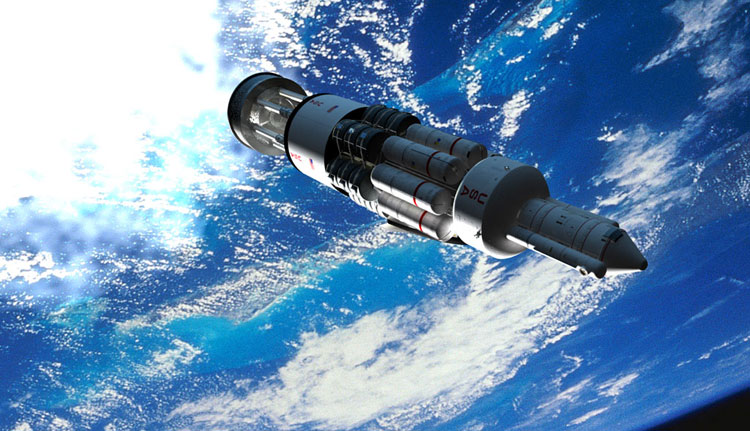
Animals and Edge Cases
When we talk about space missions, we usually think of astronauts in space suits, sleek rockets, and landmark moments like Voyager probes. But behind those headline-grabbing stories there are some edge cases that slipped under the radar, like the animals, which suggests that space exploration has some strange, and often overlooked chapters that don’t fit the usual narrative of high-tech breakthroughs. Some of those are as follows:
- A V-2 rocket in 1944 was technically the first thing to reach space. That was a Nazi missile.
- Fruit flies were the first living things launched. Later, tortoises flew around the Moon on Zond 5. The space cat Félicette also gets a mention.
- Lunik probes were early Soviet attempts at hitting or orbiting the Moon. They were just chucking metal spheres to see what stuck.
- Charles D. Walker was one of the first commercial astronauts, not a government pilot. Flew three times.
- The Soviets also trained cosmonauts from countries like Cuba and Afghanistan, as part of political partnerships.
- Project Orion never happened but was a real concept: launching a spacecraft with nuclear bombs. But as expected, that got shut down.
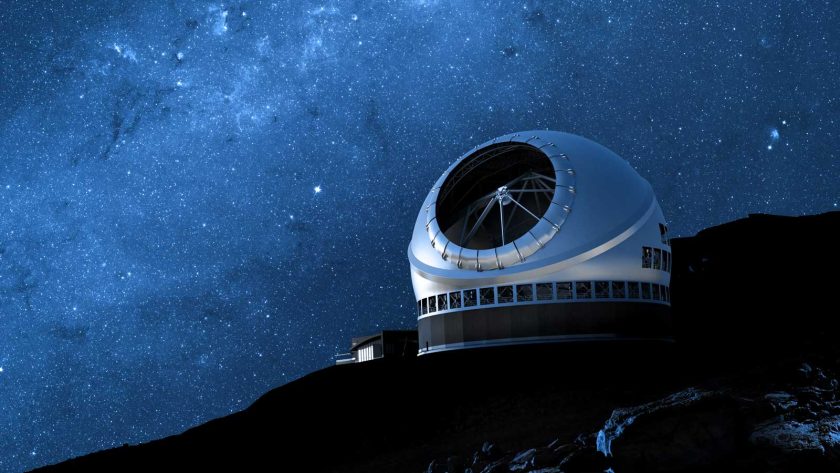
Takeaway
The more I read about these missions, the more fascinated I became. Some of them are strange, some are brilliant, and many are just quietly amazing.
What really struck me is how these missions reflect something deeply human, which is, our need to explore, and to go beyond what we think is possible. Be is a satellite drifting alone in orbit or a probe landing on a distant moon, each one tells a story of curiosity and courage.
It’s inspiring to think about how far we’ve come, and even more exciting to imagine where we’re headed. With better technology and a growing desire to understand the universe, we’re still chasing the same question: what else is out there?
And honestly, that never stops being exhilarating.

